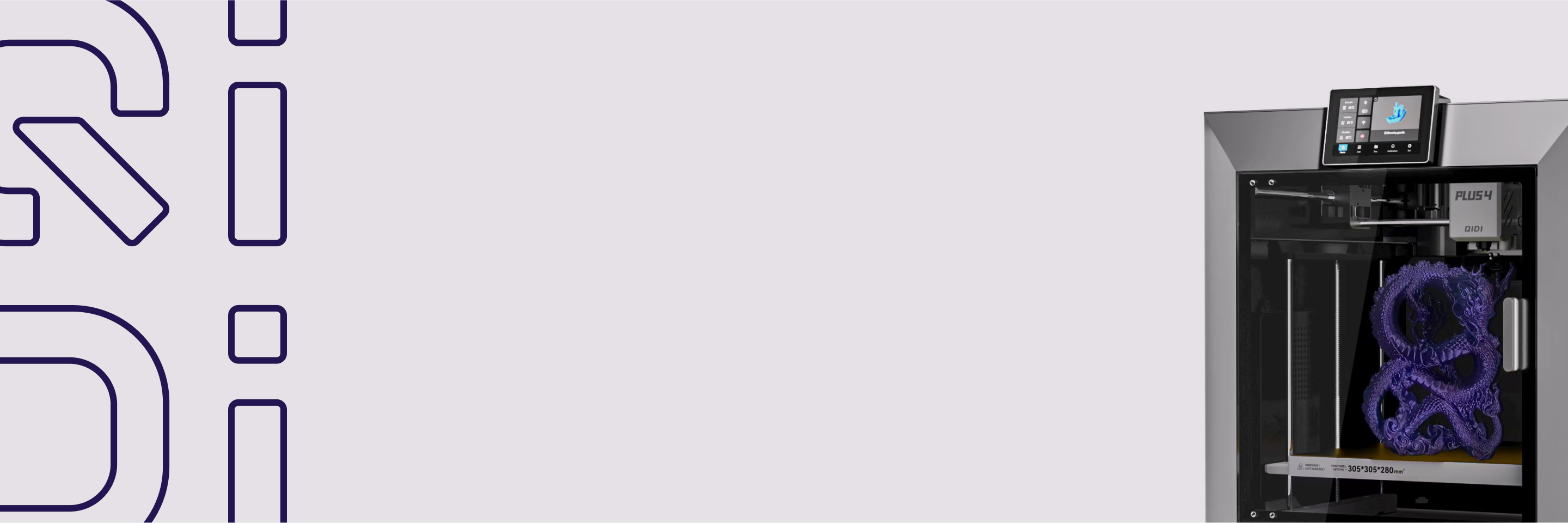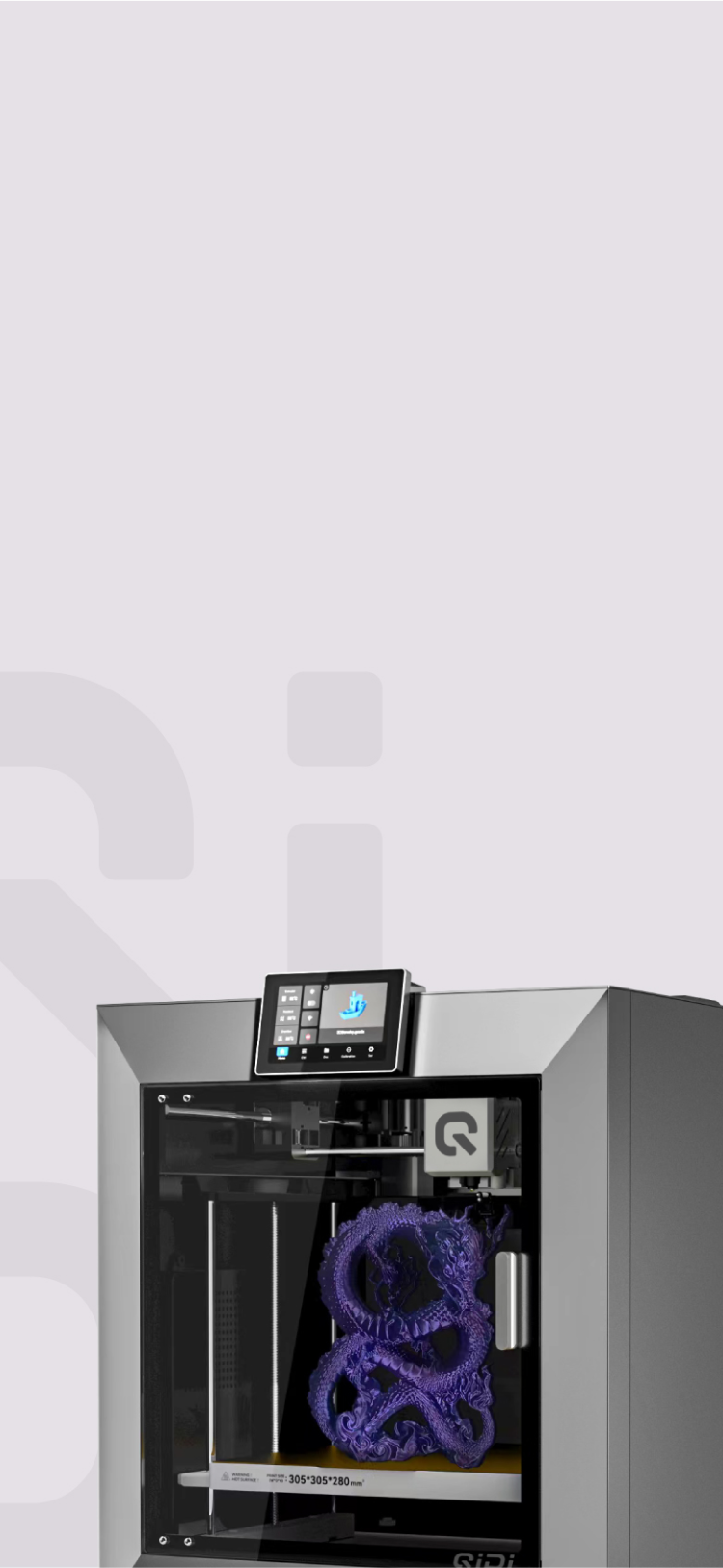Best Beginner 3D Printers Of 2025: A Practical Guide To Your First 3D Printer
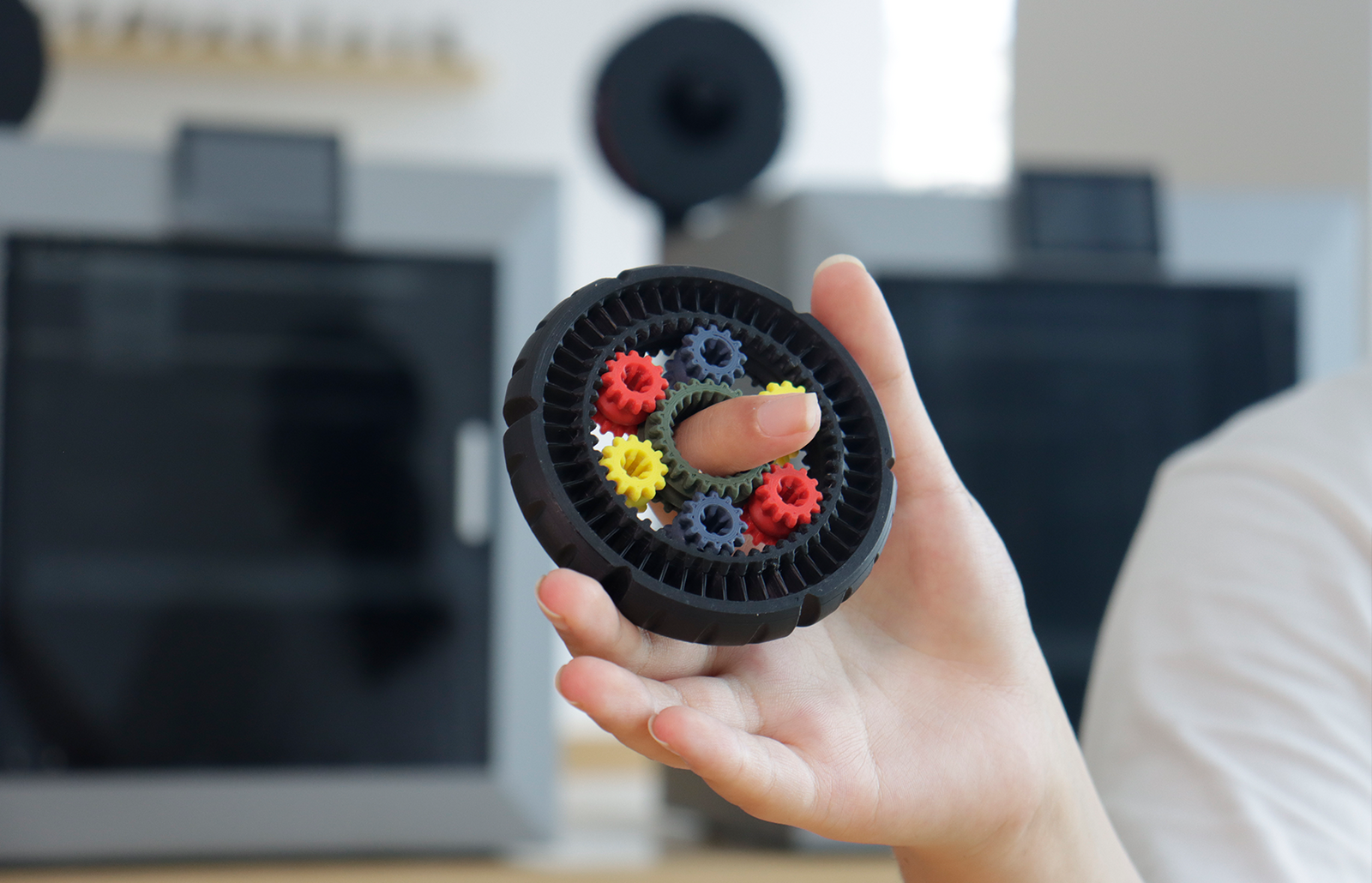
First layers fail, corners lift, strings appear, and weekends vanish. Many newcomers adjust hardware on the 3D printer, yet consistent wins usually come from smart choices and a simple routine. This guide gives a clear buying checklist, a quick setup path, one focused product spotlight, and a compact troubleshooting map. Use it to make 3D printing reliable from day one.

What Kind of 3D Printer Should A Beginner Buy For Easy 3D Printing?
Your first 3D printer should cut failure risk, keep indoor use comfortable, and shorten the path from idea to part. The following priorities turn 3D printing into a predictable habit instead of trial and error. Read this section as a beginner 3D printer setup checklist before you buy.
- Automatic bed leveling that measures the surface and sets Z height precisely.
- An enclosed chamber with effective filtration for home or classroom comfort.
- A stable motion system, filament runout detection, and power loss recovery.
- A clear touchscreen, WiFi or Ethernet, and an onboard camera for monitoring.
- Strong profiles in the included slicer, plus compatibility with common third-party slicers.
- A first-layer adhesion guide built into the interface for quick calibration.
Balanced specs matter as well. Pick a build volume that fits common projects without overwhelming desk space. Confirm bed temperatures that cover PLA and PETG, and a warm chamber for warp-prone plastics such as ABS or ASA. Read real speed as a function of acceleration and maximum volumetric flow, not only travel moves. Plan for safe placement and simple maintenance so 3D printing stays consistent week to week.
Which Type Of 3D Printer Is Best For Beginners In 2025?
Beginners usually choose between two clear paths. One favors a compact and budget-friendly 3D printer for small desks and easy materials. The other favors an enclosed 3D printer with stronger thermal control and filtration for calmer indoor 3D printing and broader material options. Use the quick comparison below, then pick based on space, noise, and goals.
| Path | Best For | Room and Noise | Materials | Learning Curve | Typical Features |
| Compact budget 3D printer | Small desks, PLA and PETG, low cost | Quieter toolhead, open space needed for airflow | Easy plastics first | Short setup, lighter maintenance | Basic auto leveling, simple presets |
| Enclosed easy to live with 3D printer | Apartments, classrooms, wider material plan | Calmer indoor use with filtration | Adds ABS or ASA and later nylon | Guided setup, fewer environmental variables | Auto leveling, warm chamber, three-stage filter, camera |
Shortlist
- Choose compact if space is tight and you plan to use PLA and PETG only.
- Choose enclosed if you care about indoor comfort or plan ABS or ASA soon.
- In both cases, require strong slicer presets and a guided first layer routine.
If you lean toward the enclosed path, the QIDI Q2 3D Printer aligns with the checklist above. It provides a 270 × 270 × 256 mm build volume, automatic bed leveling with a load cell for accurate first layers, and a chamber controllable to 65 °C that limits warping. A three-stage filter carries MET certification for indoor confidence. The machine runs Klipper, includes an easy slicer, supports common third-party slicers, offers an AI camera, and supports multi-color expansion. Rated motion reaches 600 mm/s with acceleration up to 20000 mm/s² after basic calibration.

How to Set Up Your First 3D Printer
A reliable first print comes from a simple order: nail the first layer, align flow, then raise motion limits. Follow the steps below, and your 3D printing baseline will feel steady from day one.
- Platform and First Layer: Clean the surface. Run auto leveling. Set a slightly wider first-layer line width at about 105–120 percent of nozzle size and a slower first-layer speed around 15–30 mm/s. Raise the bed temperature a little for tougher adhesion. Keep part cooling low on layer one.
- Flow and Basic Calibration: Print a single-wall test or a flow tower. Measure wall thickness with calipers. Use a fixed line width in the slicer, then adjust the extrusion multiplier until measured walls match the plan. Cap maximum volumetric flow so the hotend stays within melt capacity during 3D printing. Move the seam to a back face or corner for cleaner skins.
- Speed and Motion: Increase acceleration in small steps. Check vertical walls for ringing. Enable input shaping only after the first layer, and the flow looks clean. Keep a simple log with material, nozzle size, temperatures, flow, acceleration, and print time. A reusable baseline shortens every future job on the same 3D printer.
Troubleshooting 3D Printing: Common Problems and Solutions
Treat troubleshooting like quick triage. Confirm first-layer adhesion, verify flow, then adjust motion and cooling. Use this map during 3D printing to save time and material.
| Symptom in 3D Printing | Change in Settings | Expected Result |
| First layer lifting | Raise bed temperature slightly; slow the first layer; add a brim; lower fan on layer one | Stronger adhesion |
| Stringing between parts | Lower nozzle temperature in range; increase retraction; shorten travel over gaps; add gentle wipe | Cleaner travel |
| Bridges sagging | Lower bridge speed; increase bridge cooling; tune bridge extrusion | Flatter spans |
| Ringing on walls | Reduce acceleration and jerk; enable input shaping; soften sharp direction changes | Fewer ripples |
| Size slightly off | Calibrate flow; use fixed line width; print outer walls first; apply small horizontal expansion if needed | Better dimensions |
| Visible seam marks | Move seam to a corner or back face; choose random or aligned seams; keep outer-before-inner walls | Tidy surfaces |
Which 3D Printing Materials Should Beginners Start With?
Material choice sets the learning curve. Start easy, stabilize your profile, then expand. The table gives beginner-ready slicer cues that work on a wide range of 3D printers and supports indoor 3D printing filter strategies and enclosed chamber benefits.
| Material | Typical Nozzle °C | Cooling | Retraction | Notes For 3D Printing |
| PLA | 190–220 | High after layer one | Short | Early success; use hidden seams for smooth skins |
| PETG | 230–250 | Low to medium | Medium to long | Durable parts; slow gap travels to limit oozing |
| ABS / ASA | 240–260 | Low | Short to medium | Enclosed chamber helps; add brims; raise walls and top layers |
| Nylon / PA-CF | 245–270 | Low | Short | Keep filament dry; wider extrusions; lower acceleration for strong shells |

Start Your Reliable 3D Printing In 2025
A practical path looks simple. Select an enclosed 3D printer with automatic leveling and a friendly slicer. Run the three-step setup to lock the first layer, flow, and motion. Use the troubleshooting table for quick fixes and start with easy materials before stepping up. Follow this structure, and 3D printing turns into a steady habit. Grab a one-page beginner 3D printer setup checklist and a small benchmark model to build your baseline today.
4 FAQs about 3D Printer Maintenance and Optimization
Q1. What nozzle size should beginners use and when should it be replaced?
A: Begin with 0.4 mm for fine details and consistent output. Employ 0.6 mm on larger objects and faster prints, where layer thickness ranges from 0.24 to 0.32 mm. Resort to 0.2 mm on small details only after you've established the fundamental settings. Modify the flow and the temperature individually every time you adjust.
Q2. How do I position parts to be strong and require less support?
A: Utilize most stresses in XY to minimize crack occurrence in layers. Bend models to maintain hanging parts near a 45-degree position and align bridges on short spans. Offer curved edges where stressed areas exist and slant edges where supports will be firm. Hollow thick parts include edges on firm surfaces.
Q3. How do I store filament safely and dry it to prevent print issues?
A: Filament is hygroscopic. Store spools in covered bins containing new desiccant and a hygrometer to maintain less than 25 percent humidity. Popping noises, uneven surfaces, or bonds indicate an issue. Dry spools on a specific dryer by material instructions, then pre-clean the spools 200–300 millimeters prior to key prints.
Q4. Which care plan makes a new 3D printer function properly?
A: Inspect the bed, nozzle tip, and belt tension weekly. Grease rails or lead screws monthly if necessary, tighten frame screws, and vacuum clean the fans and filters. Make first-layer adjustments after large jobs. Maintain a minimal record of hours, material, nozzle size, and temps.

 Q2
Q2
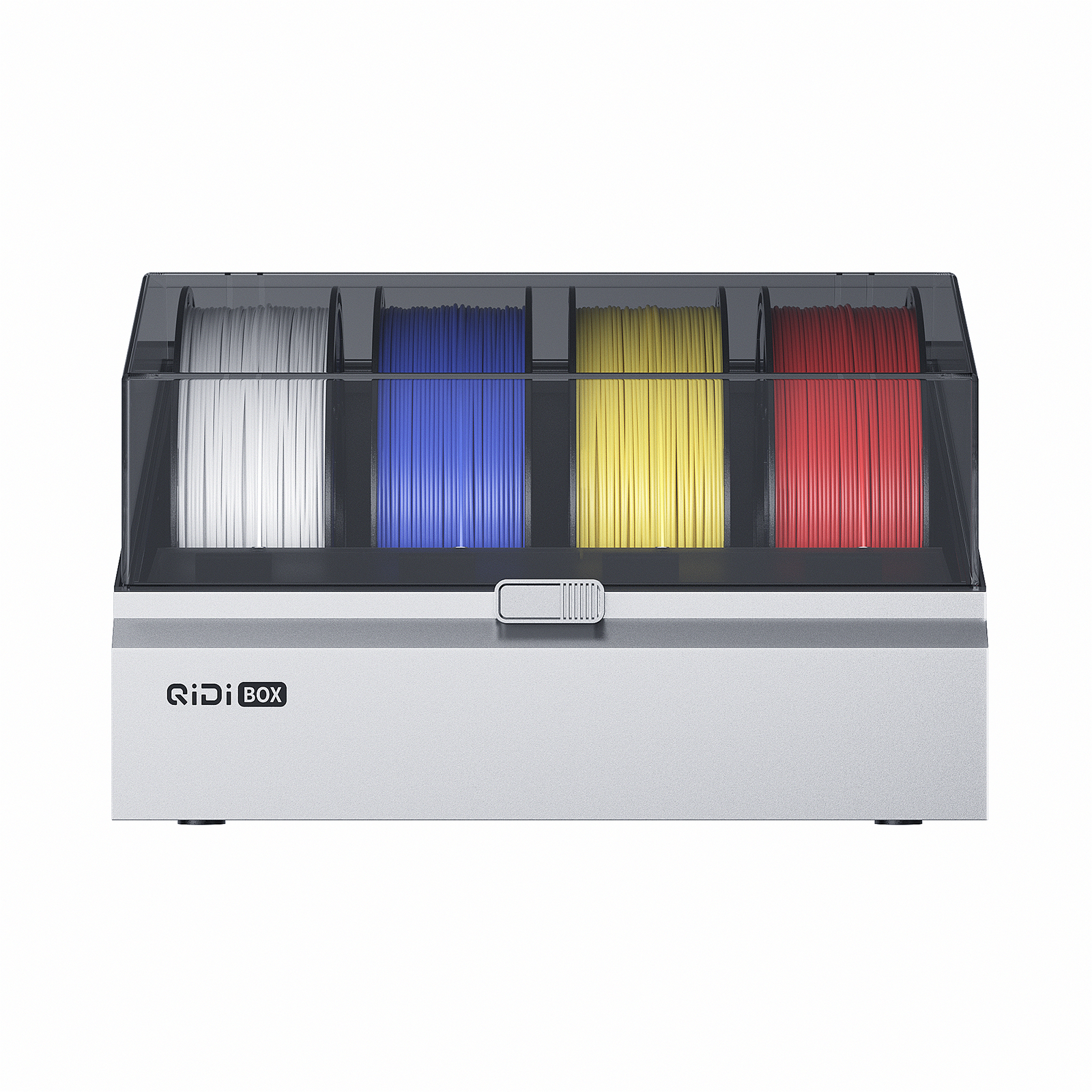 QIDI Box
QIDI Box
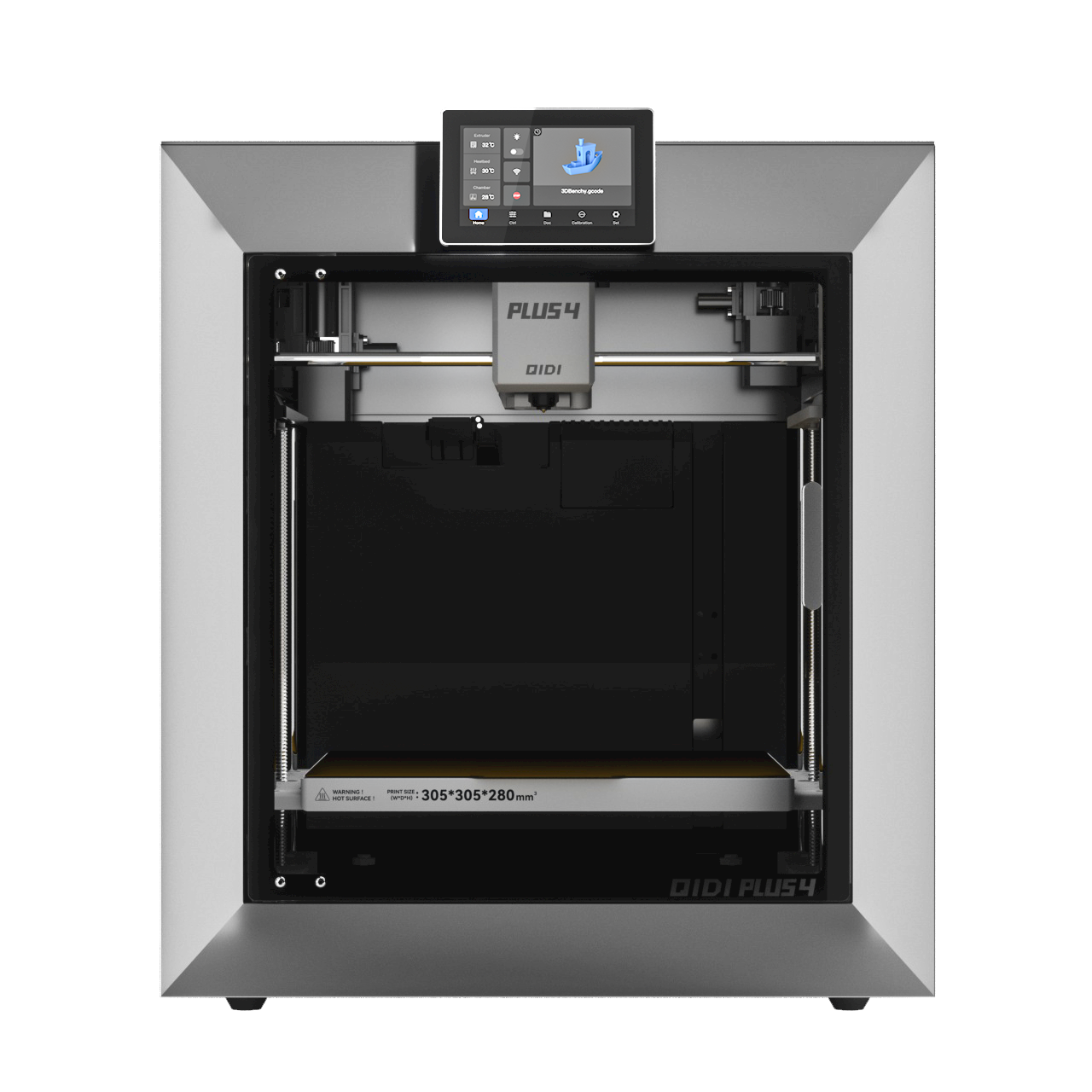 Plus 4
Plus 4
 Q1 Pro
Q1 Pro
 X-Max 3
X-Max 3
